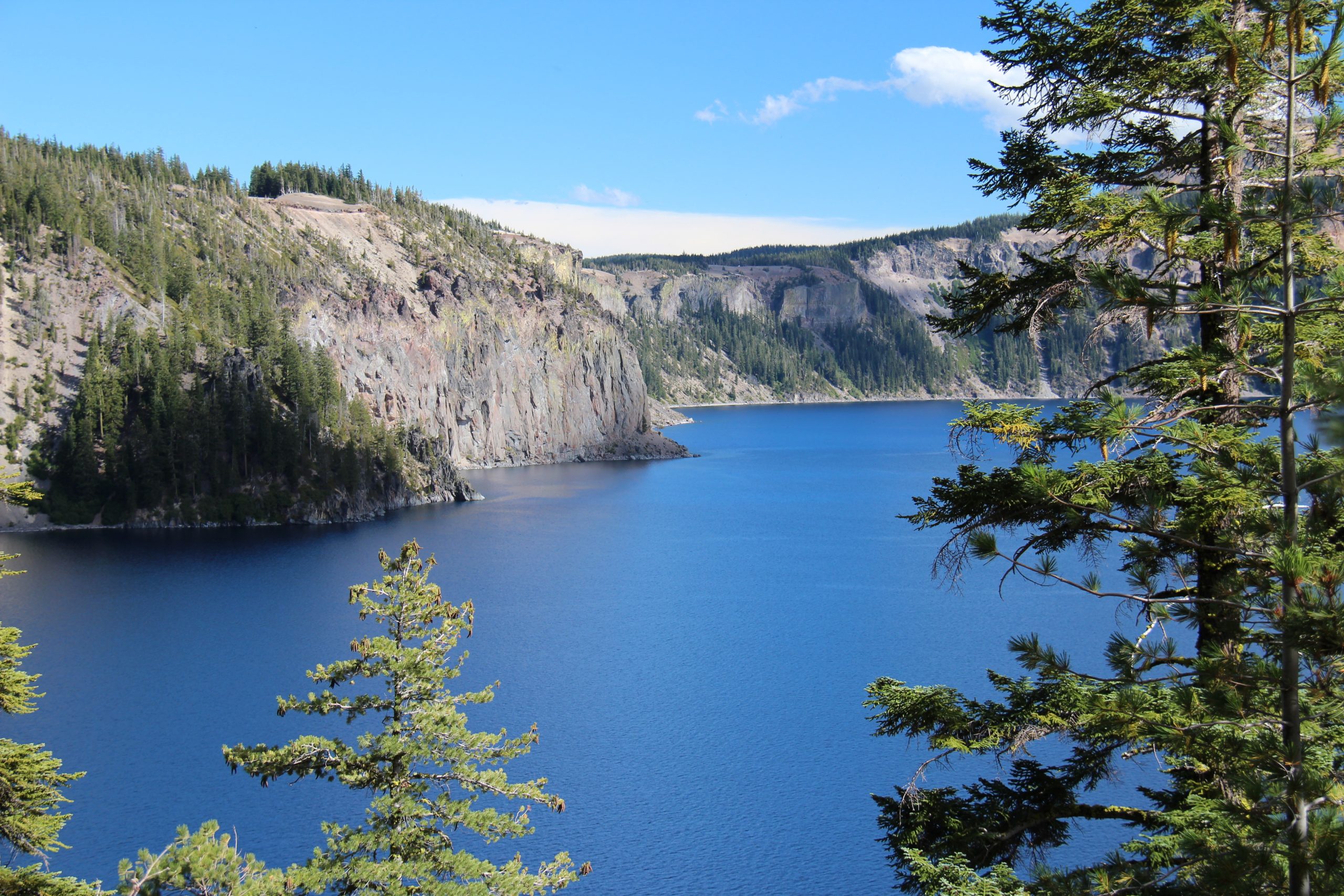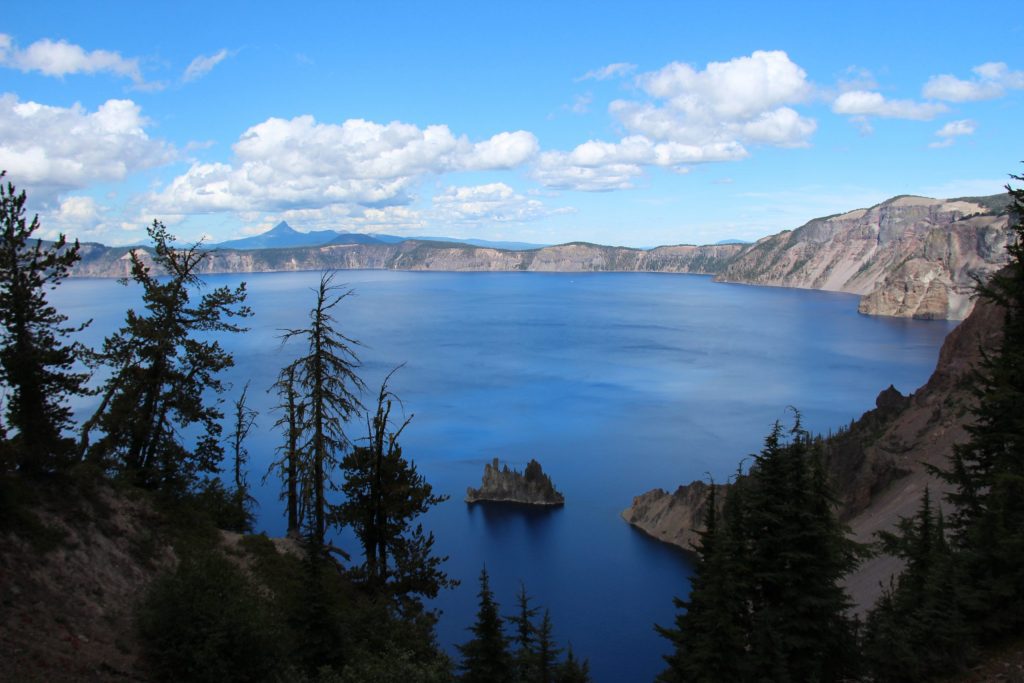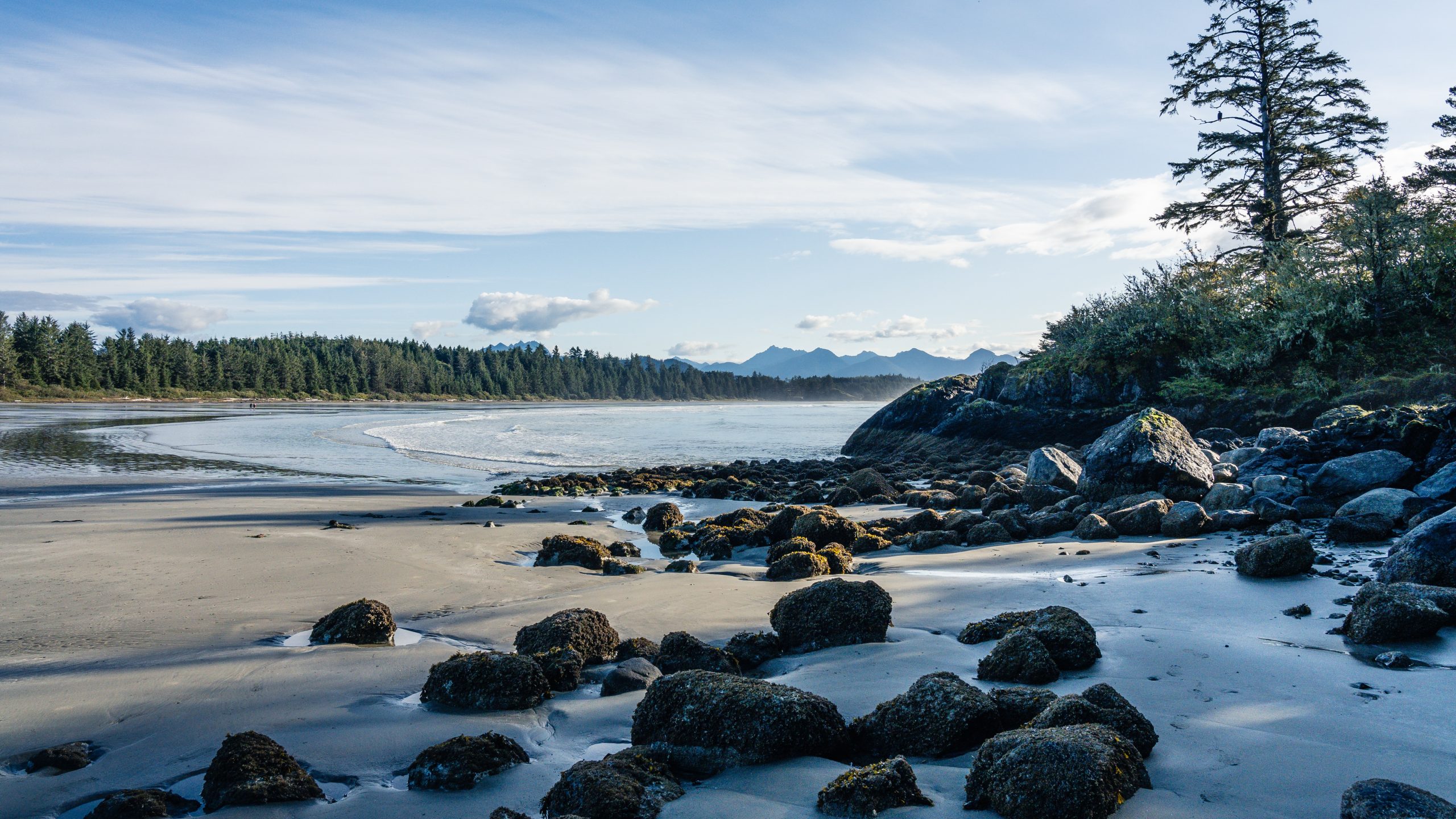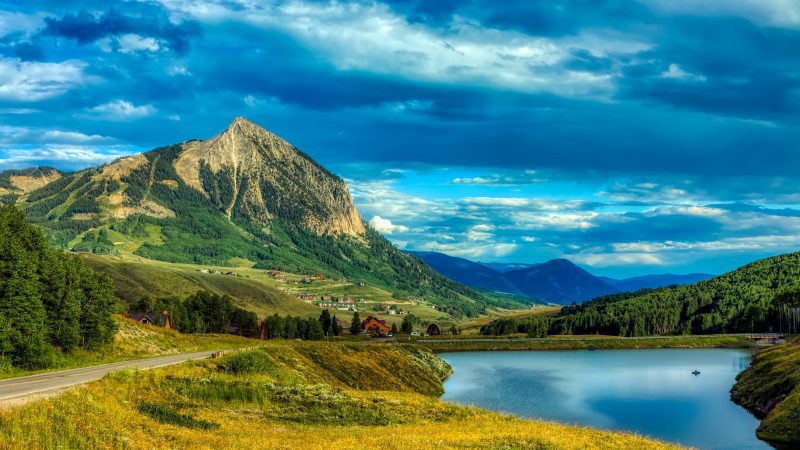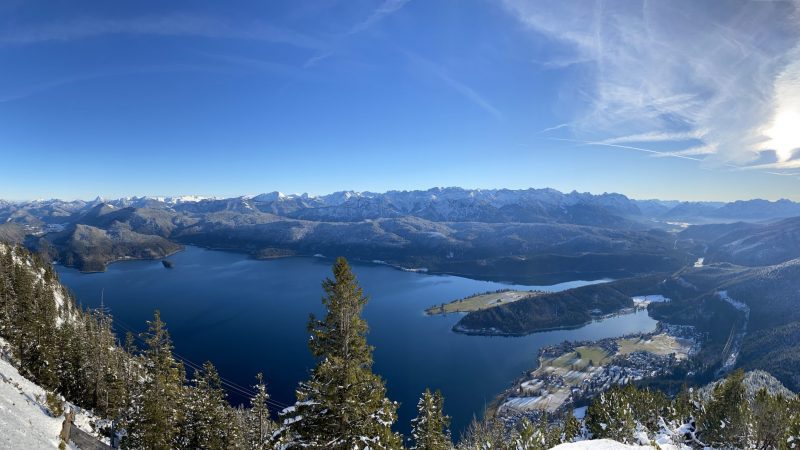Clear, cold, clean, and…cobalt blue. The four C’s, in this case used to describe the beauty of Crater Lake.
Crater Lake is located in southwest Oregon, in the US National Park of the same name. It’s one of the oldest National Parks, but due to its relatively isolated location it’s also not as heavily visited as some of the others in the western states.
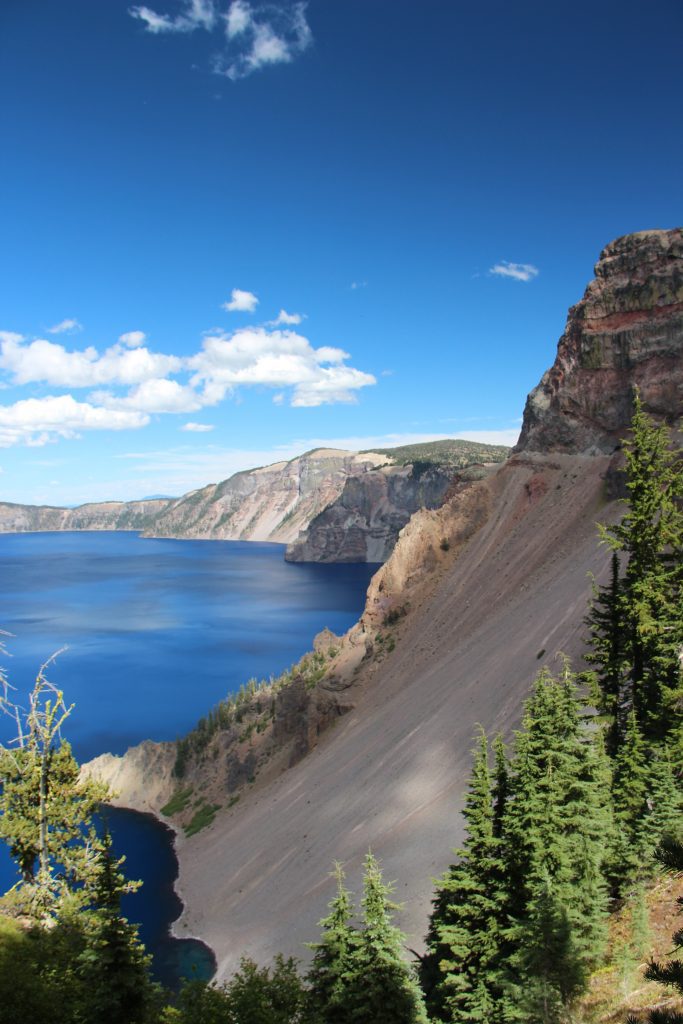
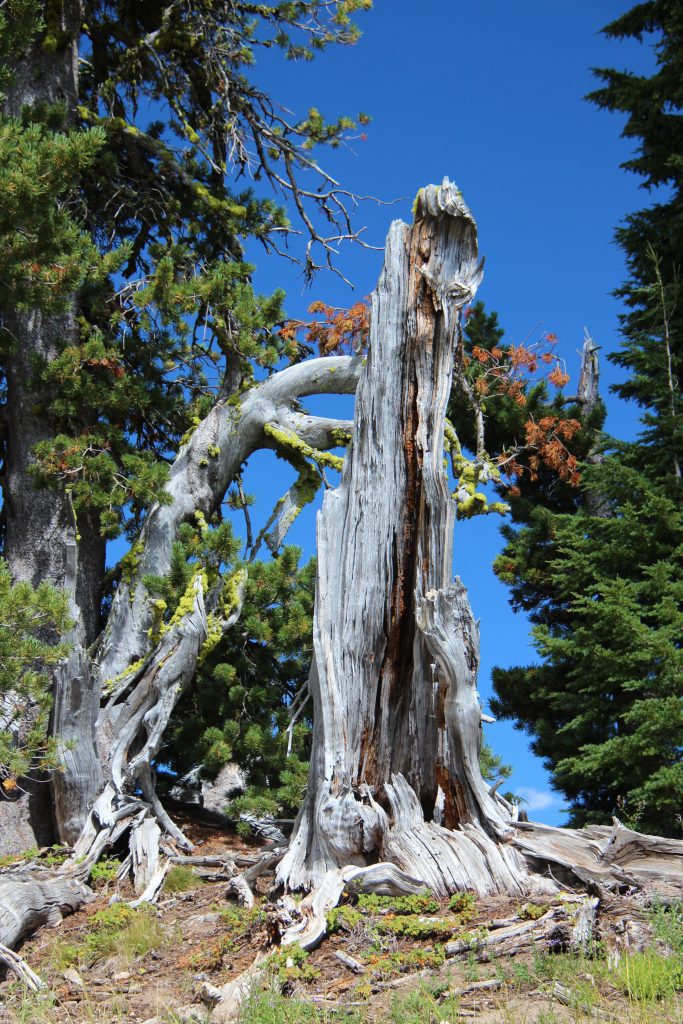
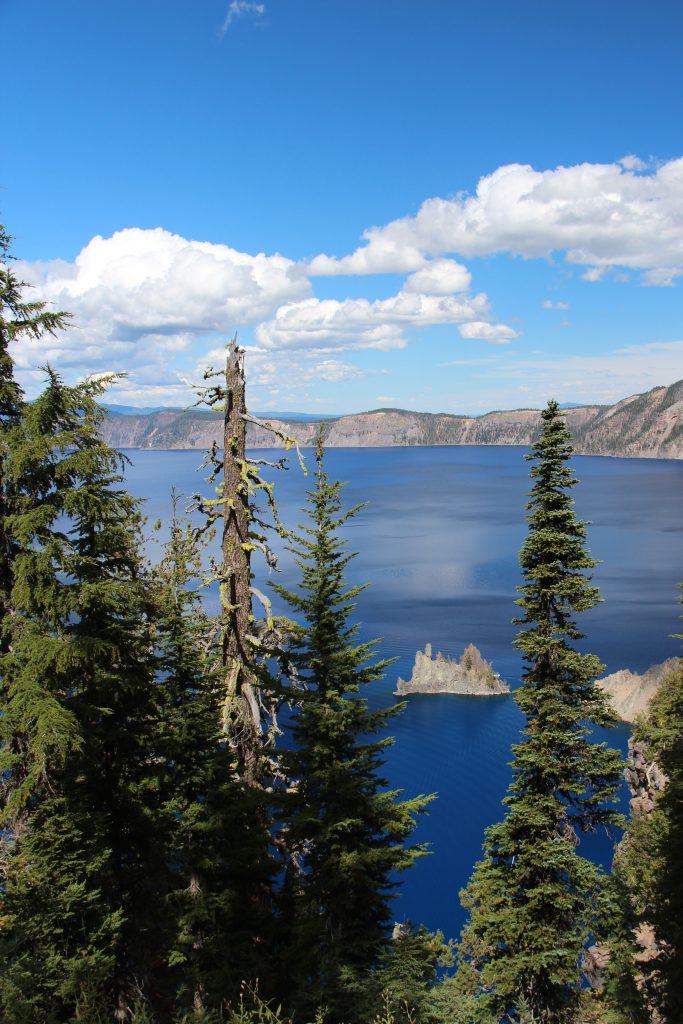
A few other fun facts:
- The lake filled after a caldera was formed by a volcanic eruption about 7,700 years ago. The volcano which created it is now dormant.
- Less than 10% of the park’s land area is composed of the lake itself – the rest is high meadows, mountain peaks and old growth forest, and provides sanctuary for wildlife such as black bears, mountain lions and spotted owls.
- The lake has no inflows or outflows – all its water gets there as either rain or snowfall.
- It is one of the cleanest lakes in the world. It’s also the deepest lake in the country and among the top 10 deepest lakes in the world.
- Winters are long, summers are short and there is a lot of snowfall in the park. In fact, the North Entrance and some park roads can be closed for up to 7 months a year!
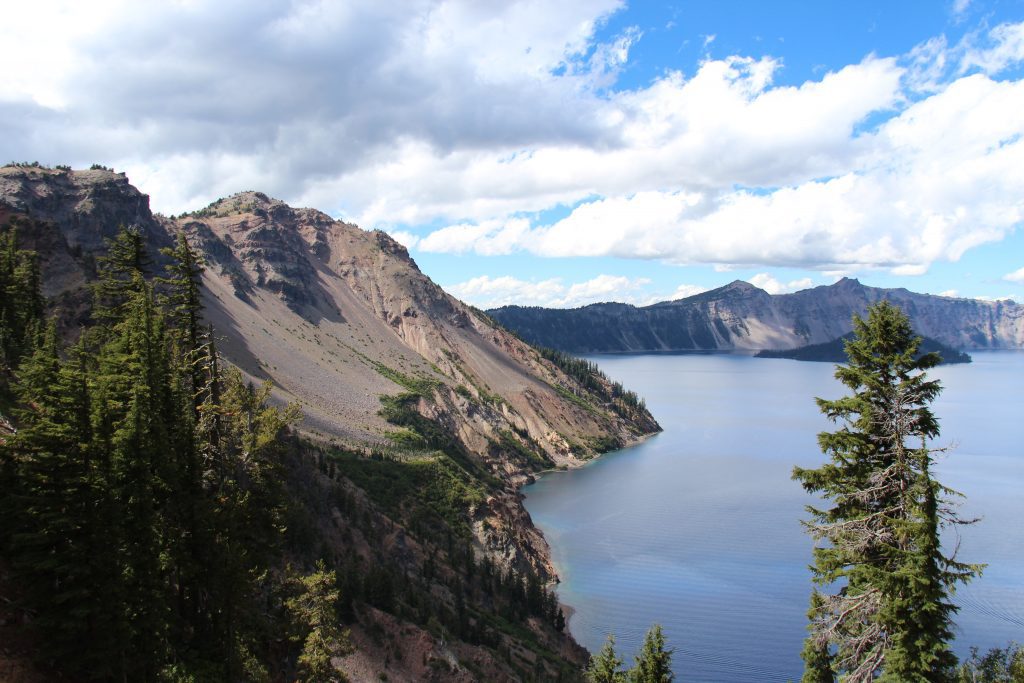
So, Crater Lake isn’t exactly easy to get to and the season when it’s possible to see the entire park is short. Why bother, then? Because quite simply, it is absolutely stunning. The intense blue color of the lake is really a sight to be seen.
You can visit as a daytrip from places such as Bend, Klamath Falls and Medford, but at a bare minimum you should allow 3-4 hours in the park so you can at least take in the Rim Drive and have time to stop, gawk and take photos. However, I’d really recommend allowing yourself a full day, or if time and budget allow even staying for a night or two. I wasn’t able to do this because I visited with a larger family group, but the Crater Lake Lodge looks really charming, additional lodging is available in the Cabins at Mazama Village, and camping with either a tent or RV is possible as well. I can just imagine that the place gets even lovelier after the daytime visitors (and the traffic and noise they bring) leave and day turns into night!
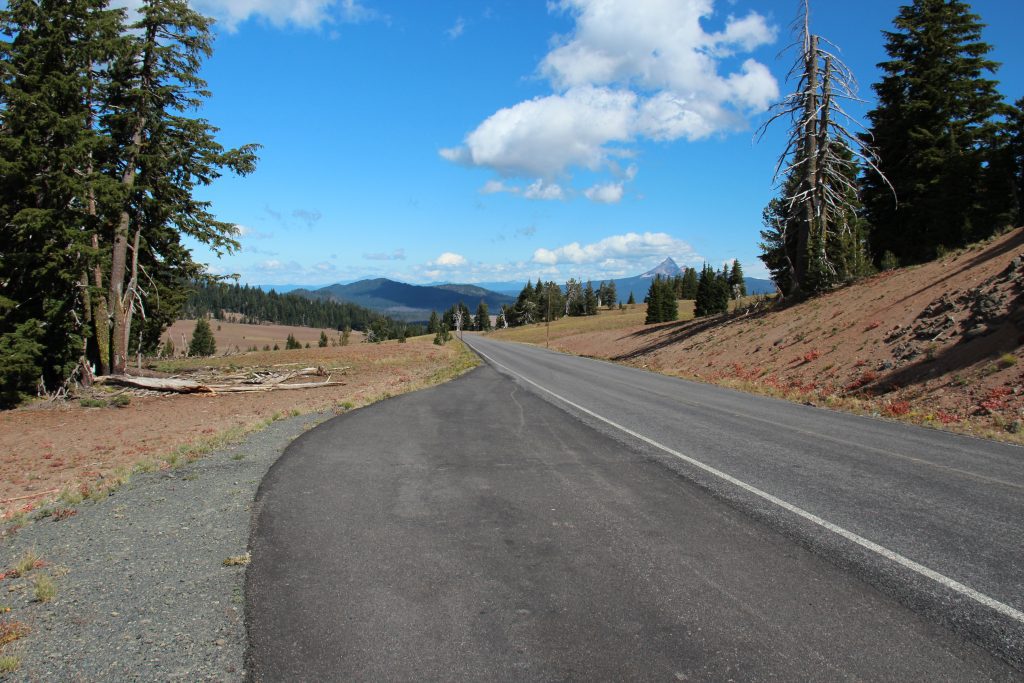
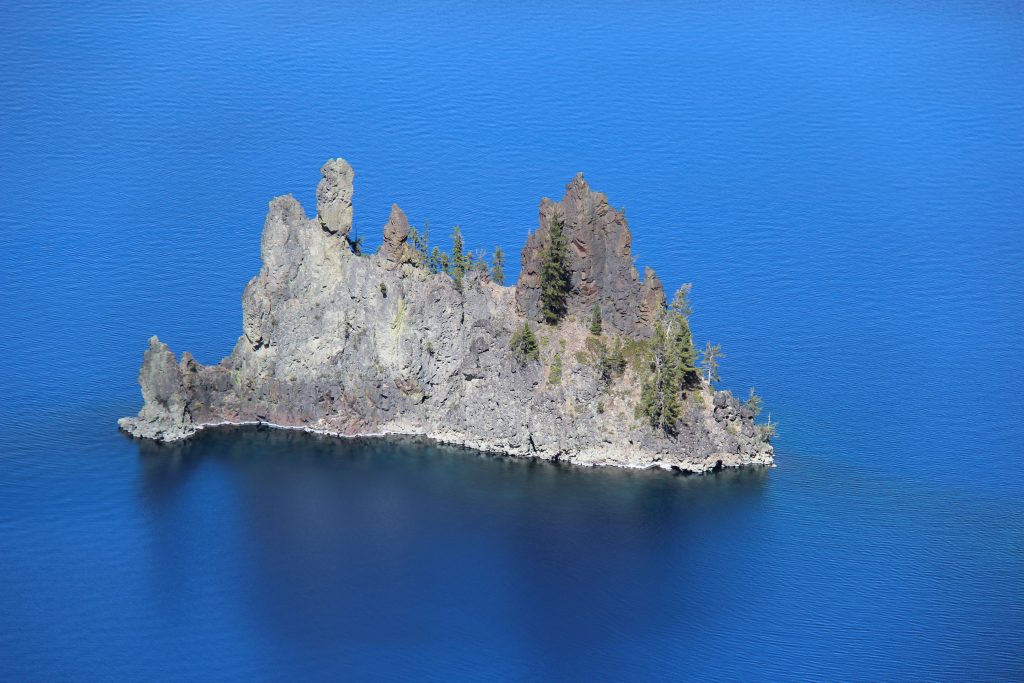
As for what to do besides gawk and photograph, there are of course many hiking trails, and the Rim Drive is also open to bicycles. You can take a swim in the lake (be warned: it’s REALLY cold!!) and/or take a boat tour, but you have to hike down to the lakeshore from the rim of the caldera at Cleetwood Cove in order to do this. It isn’t a difficult hike so you needn’t be an athlete, but you should have at least a reasonable level of fitness, wear proper footwear and allow yourself extra time if you aren’t acclimated to the elevation. It’s also important to bring along water, snacks and anything else you need because except for toilets there are no services at the lakeshore. And remember, this is a pristine environment, so please don’t litter!
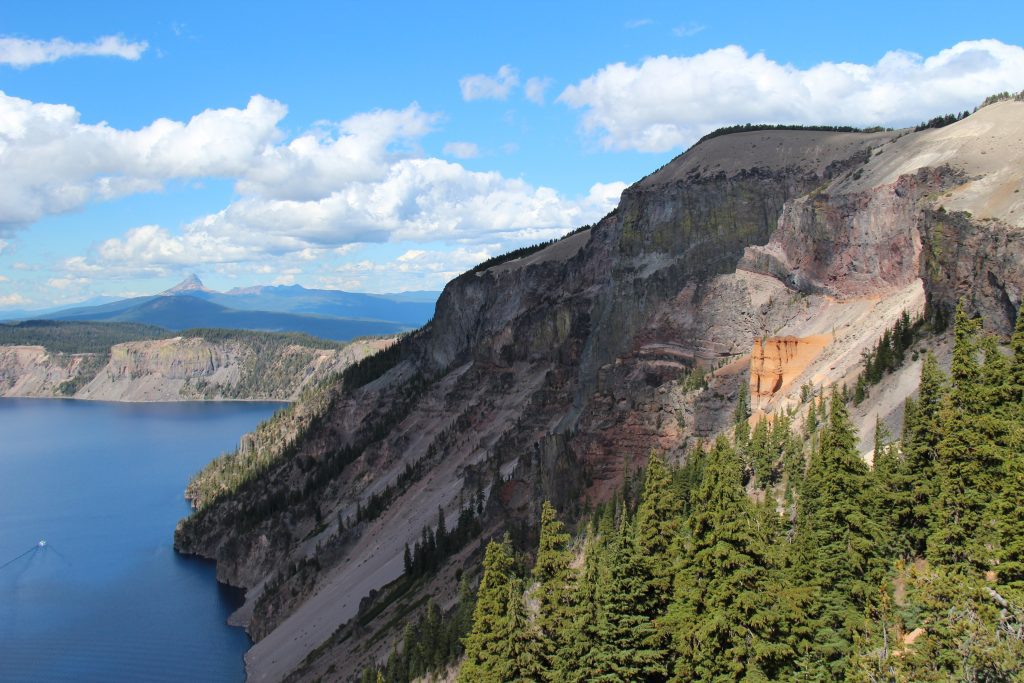
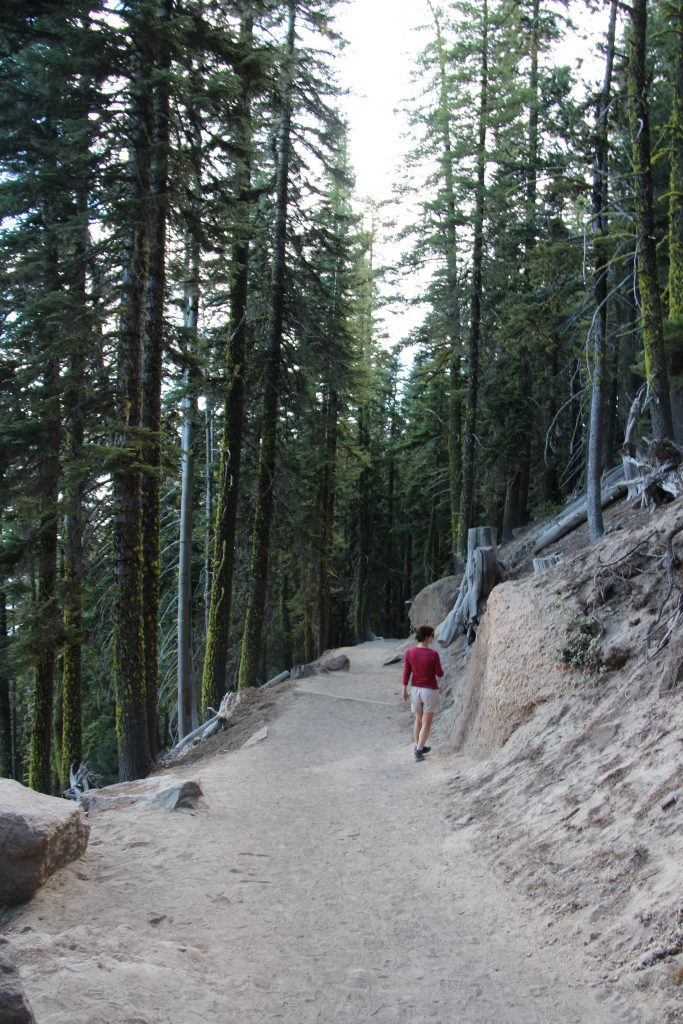
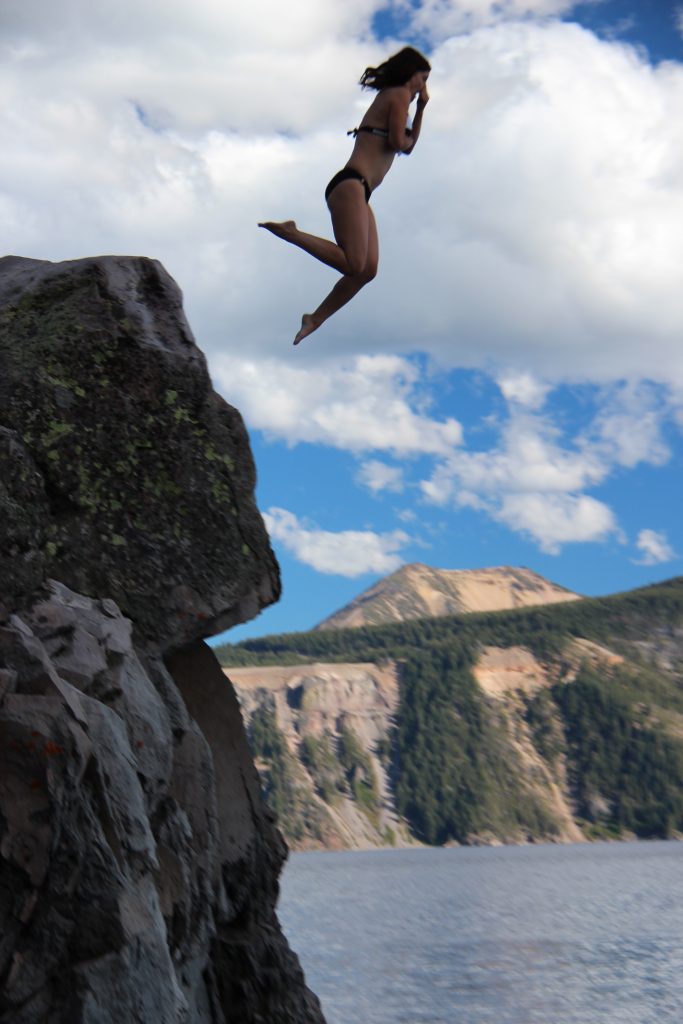

Finally, a few practicalities. Getting there is unfortunately not possible with public transport, so you must have your own transportation. That said, once in the park if you’d like to do the Rim Drive but prefer not to drive yourself (or want to reduce the carbon footprint you leave behind), a trolley makes the loop with several stops for viewing, taking about 2 hours to complete the circuit.
Opening hours vary according to season, but you should always check the park’s website for the latest information, including road conditions and any other important information before visiting.
So, if you’re ever in this part of the USA, I hope you’ll pay a visit to this beautiful national park!
